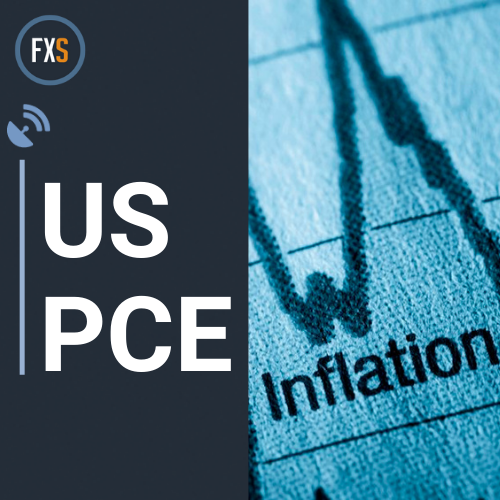The United States Bureau of Economic Analysis (BEA) is set to release the core Personal Consumption Expenditures (PCE) Price Index, the preferred inflation gauge of the Federal Reserve (Fed), on Friday. The core PCE is expected to rise 0.2% MoM and 2.7% YoY in July. This data could potentially shape the next direction for the US Dollar heading into the Nonfarm Payrolls week. The PCE index, which excludes volatile food and energy prices, is closely monitored by the central bank and market participants as it provides a clear view of underlying inflation.
Following a rise in the Consumer Price Index (CPI) earlier this month, the core CPI increased 3.2% YoY while the headline CPI rose 2.9% in July. While the core PCE is expected to have remained relatively under control in July, any unexpected increase could potentially rescue the US Dollar from its recent downtrend against its major rivals, particularly the Euro.
The US Dollar has been weakening against major currencies in anticipation of a rate cut by the Fed in September. A stronger-than-expected PCE inflation data could provide the USD with a boost, leading to a potential correction in the EUR/USD pair. Conversely, a slower increase in the core figures could trigger a fresh USD sell-off and push the EUR/USD pair higher.
Traders are likely to adjust their positions on the final trading day of the week following the release of the PCE data as they gear up for the upcoming critical US employment data. The EUR/USD pair remains bullish, with support at 1.1107 and resistance at 1.1202. A sustained break above the 1.1202 level could lead to a challenge of the 1.1250 level.
The Euro has been the strongest against the Japanese Yen this week, as shown in the percentage change table of Euro against other major currencies. The US Dollar remains the most heavily traded currency globally, accounting for a significant portion of foreign exchange turnover. The value of the US Dollar is largely impacted by the Federal Reserve’s monetary policy and interest rate decisions.
The Fed’s primary tool to achieve price stability and full employment is by adjusting interest rates. In times of high inflation, the Fed may raise rates to support the USD value, while lowering rates in situations of low inflation or high unemployment can weigh on the Greenback. The Fed can also implement quantitative easing or quantitative tightening measures to influence the USD value based on economic conditions.











